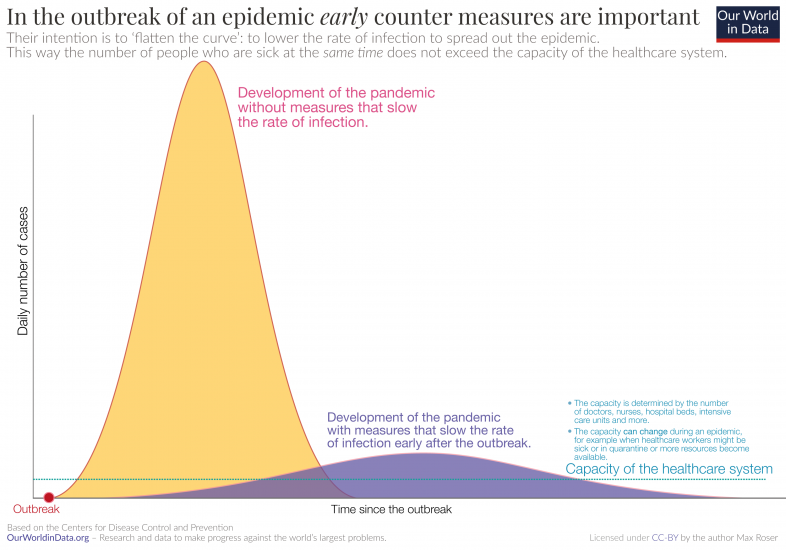Most of such diseases were not pandemic to begin with.
Lack of immunity does not guarantee a virus will be pandemic.
While
@shunyadragon did give the basic outline of how such diseases progress, it is not clear that this virus will follow the time frame he gave: fading through May. Many pandemic diseases do take years to run their course.
However, it does look like South Korea has managed to get a handle on the virus, and this is a good sign. However, South Korea has only had just over 8000 cases total to date.
It will be interesting to see how quickly the virus peaks in Italy where the virus has been going for about as long as it has been in South Korea, except that there are almost 25,000 total cases currently in Italy and the virus has not peaked.
For reference, the population of South Korea is approximately 51.47 million and the population of Italy is 60.48 million.
Getting a good handle on the initial spread of the virus is a key first step.
And it looks like South Korea's plan of having quick easy access to testing has had a major impact on the spread of the virus in their country, allowing them to quickly determine who's infected and keep those people from infecting more people.
I also don't think countries are going to take the sorts of extreme steps China took to contain the spread of the virus in their own country.
So it's very much up in the air as to when this virus will peak in various countries.

